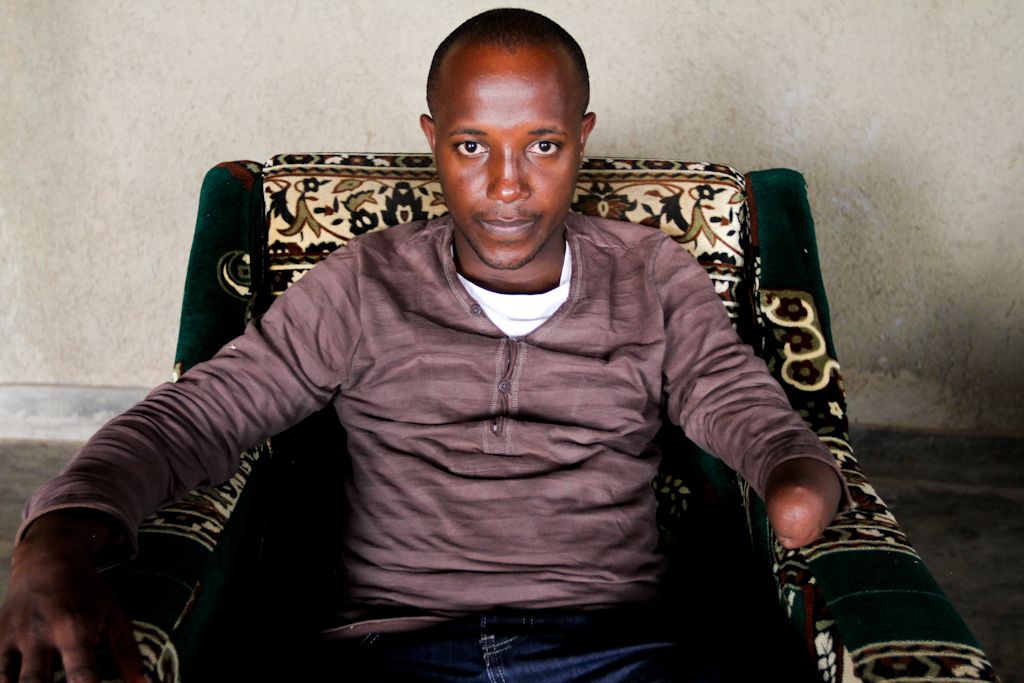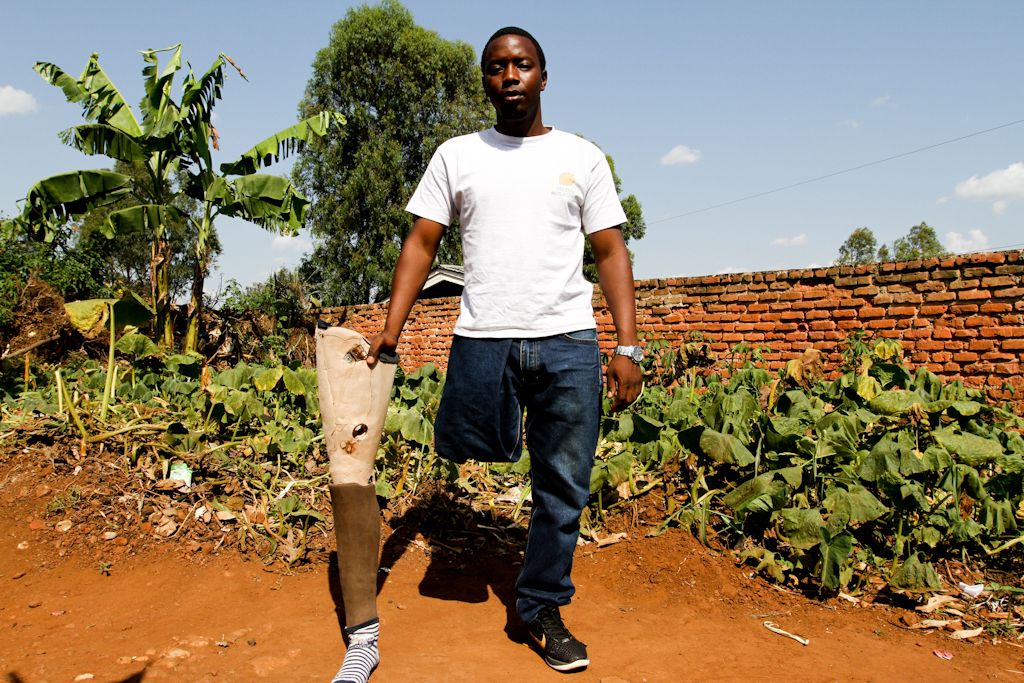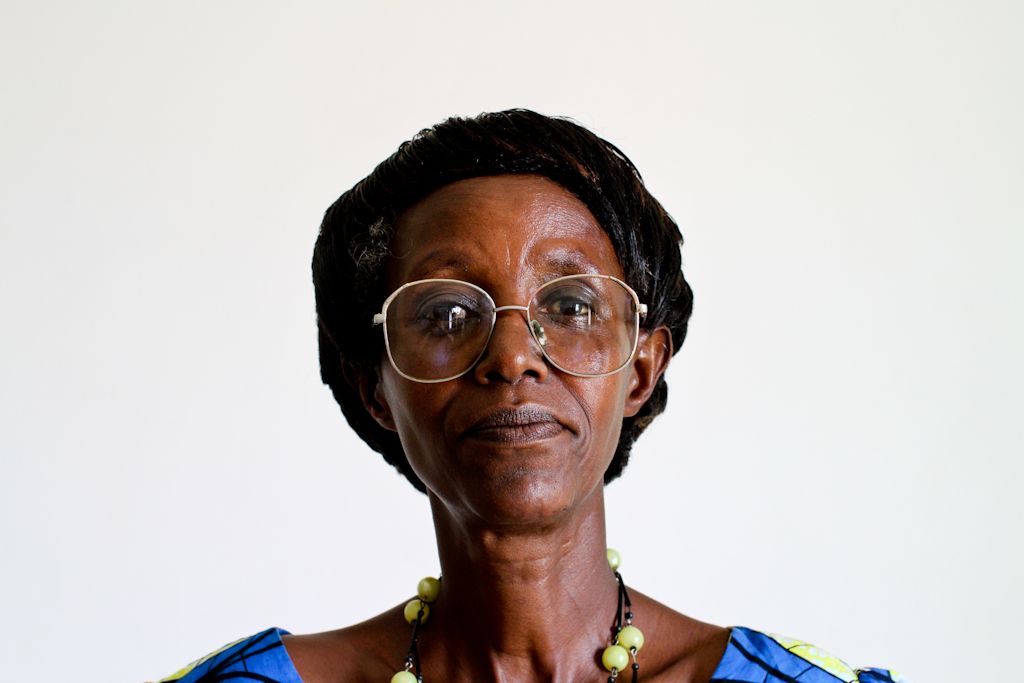In 2014, Rwanda will observe the 20th anniversary of the 1994 genocide, when more than 800,000 people were killed over the course of approximately 100 days. Since then, the country has changed a great deal, and its economy has substantial growth in the last decade. But despite the progress, the word "Rwanda" is still synonymous with genocide. The country is in the process of rebuilding from that brutal, almost unimaginable horror. There is, however, one reminder of the genocide that cannot be easily erased or ignored: the tens of thousands of amputees who survived the killing but were left permanently maimed. The amputees remain a record of the country’s horrific past. They struggle to survive, and in many cases, they are alone, without parents and on the margins of society.

























